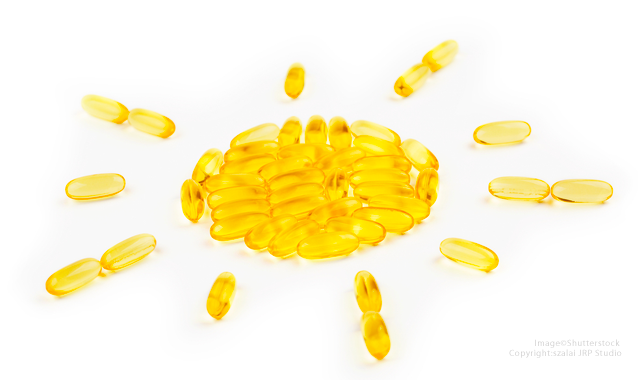High Concentrations of Vitamin D Linked to Lower Rates of Diabetes
High levels of vitamin D, 50 ng/ml, have been linked to a lower incidence of diabetes in a long-term study.

Patients with higher levels of vitamin D had a lower incidence of diabetes, according to a long-term study recently published in PLOS One.
The study examined the effects of vitamin D in 903 healthy adults followed since the late 1990s. Researchers found that those who had lower amounts of vitamin D in their blood were more likely to later develop type 2 diabetes.
Cedric F. Garland, DrPH, FACE, a coauthor of the study, told Drug Topics the researchers were able to discover the results, in part, due to the sunny climate in southern California where the research took place.
"We routinely had people who get up to 50 ng/ml [in vitamin D], making it possible to see if you get it that high, you have only one fifth of the chance of getting type 2 diabetes, which means that you can prevent 80% of type 2 diabetes by maintaining a high level of vitamin D," Garland said, who is adjunct professor in the Division of Epidemiology in the Department of Family Medicine and Public Health at the University of California San Diego.
Participants were part of the larger Lipid Research Clinics Prevalence study, a trial assembled in 1972 to investigate cholesterol and heart disease. During a follow-up visit that took place between 1997 and 1999, participants also had their plasma 25 (OH) D tested, giving researchers in this latest study a baseline measurement to evaluate the impacts of vitamin D.
Researchers excluded participants who had a history of diabetes, had missing data about their 8-hour fasting plasma glucose test (8-FPG), had either a 8-FPG concentrations ≥ 126 mg/dL or 7.0 mmol/L, or had glucose tolerance testing (OGTT) > 200 mg/dL or 11.1 mmol/L.
This subgroup was then followed until patients were diagnosed with diabetes, prediabetes, or were determined not to have diabetes based on glucose tolerance testing and 8FPG tests.
After following patients through 2009, researchers determined that patients with 25-hydroxyvitamin D concentrations that were at least 30 ng/ml had an incidence of type 2 diabetes one-third the incidence of those below that figure.
Garland said the results were even stronger for patients with 25-hydroxyvitamin D concentrations of at least 50 ng/ml. These patients had an incidence of diabetes one-fifth that of those below this amount.
Garland believes to achieve 25-hydroxyvitmin D concentrations this high, individuals need to take about 4,000 international units of vitamin D3 each day. While vitamin D3 can be increased by exposure to sunlight or by consuming certain foods, Garland said supplements should have the same effect.
According to data from the National Institutes of Health, the recommended dietary allowance (RDA) for Vitamin D is 600 IU for individuals up to 70 years old. The upper intake levels for those 9 and older is 4,000 IUs.
Garland is optimistic about the findings and believes they could have important population health implications in the years ahead.
"I am very excited about it since we have so many people that have diabetes and it's rising at a very fast rate," Garland said. "We finally have a way to stop it."
While Garland believes the findings are enough to suggest people should begin taking large vitamin D3 each day, the study's conclusion suggests further research may be needed to investigate vitamin D3's ability to potentially prevent the disease.